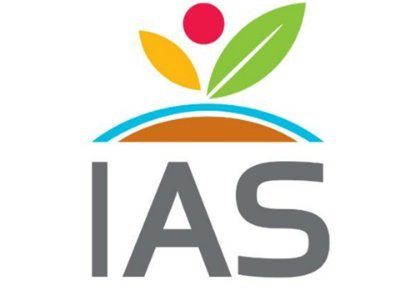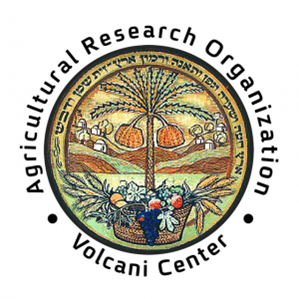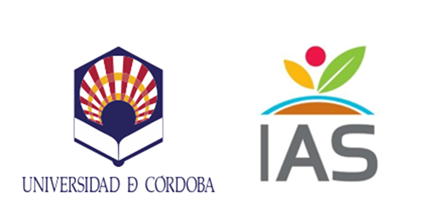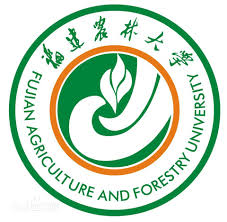In European Journal of Agronomy
Authors: Tomás R. Tenreiro, Jakub Jeřábek, José A.Gómez, David Zumr, Gonzalo Martínez, Margarita García-Vila, and ElíasFereres
Abstract
Spatial variations of crop yields are commonly observed in typical rainfed systems worldwide. It is accepted that such variations are likely to be associated, among other factors, with water spatial variations due to lateral water flows occurring in fields with undulating topography. However, some of the main processes governing water spatial distribution such as lateral flow are not entirely considered by the most commonly adopted crop simulation models. This brings uncertainty to the process of yield simulation at field-scale, especially under water-limited conditions. Although it is expected that lateral water movement determines spatial variations of crop yields, it is still unclear what is the net contribution of lateral water inflows (LIF) to spatial variations of rainfed yields in fields of undulating topography. In this sense, by combining field experimentation, simulation models (HYDRUS-1D and AquaCrop), and the use of artificial neural networks, we assessed the occurrence and magnitude of LIF, and their impact on wheat yields in Cordoba, Spain, over a 30-year period. Seasonal precipitation varied over 30 years from 212.8 to 759.5 mm, and cumulative LIF ranged from 30 to 125 mm. The ratio of seasonal cumulative LIF divided by seasonal precipitation varied from 10.7% to 38.9% over the 30 years. The net contribution of LIF to spatial variations of rainfed potential yields showed to be relevant but highly irregular among years. Despite the inter-annual variability, typical of Mediterranean conditions, the occurrence of LIF caused simulated wheat yields to vary + 16% from up to downslope areas of the field. The net yield responses to LIF, in downslope areas were on average 383 kg grain yield (GY) ha−1, and the LIF marginal water productivity reached 24.6 ( ± 13.2) kg GY ha−1 mm−1 in years of maximum responsiveness. Decision makers are encouraged to take water spatial variations into account when adjusting management to different potential yielding zones within the same field. However, this process is expected to benefit from further advances in in-season weather forecasting that should be coupled with a methodological approach such as the one presented here.
Read the full paper here.







